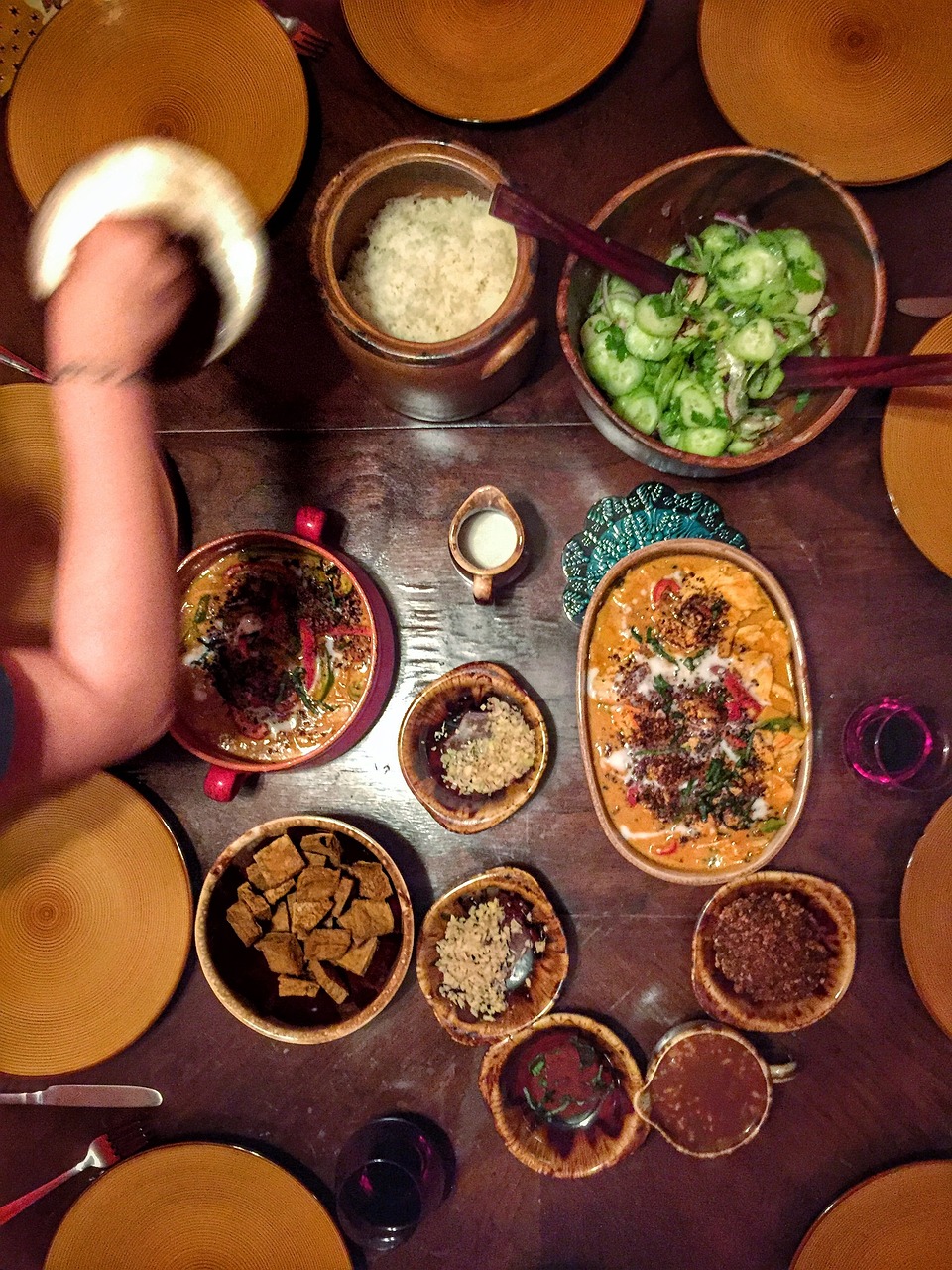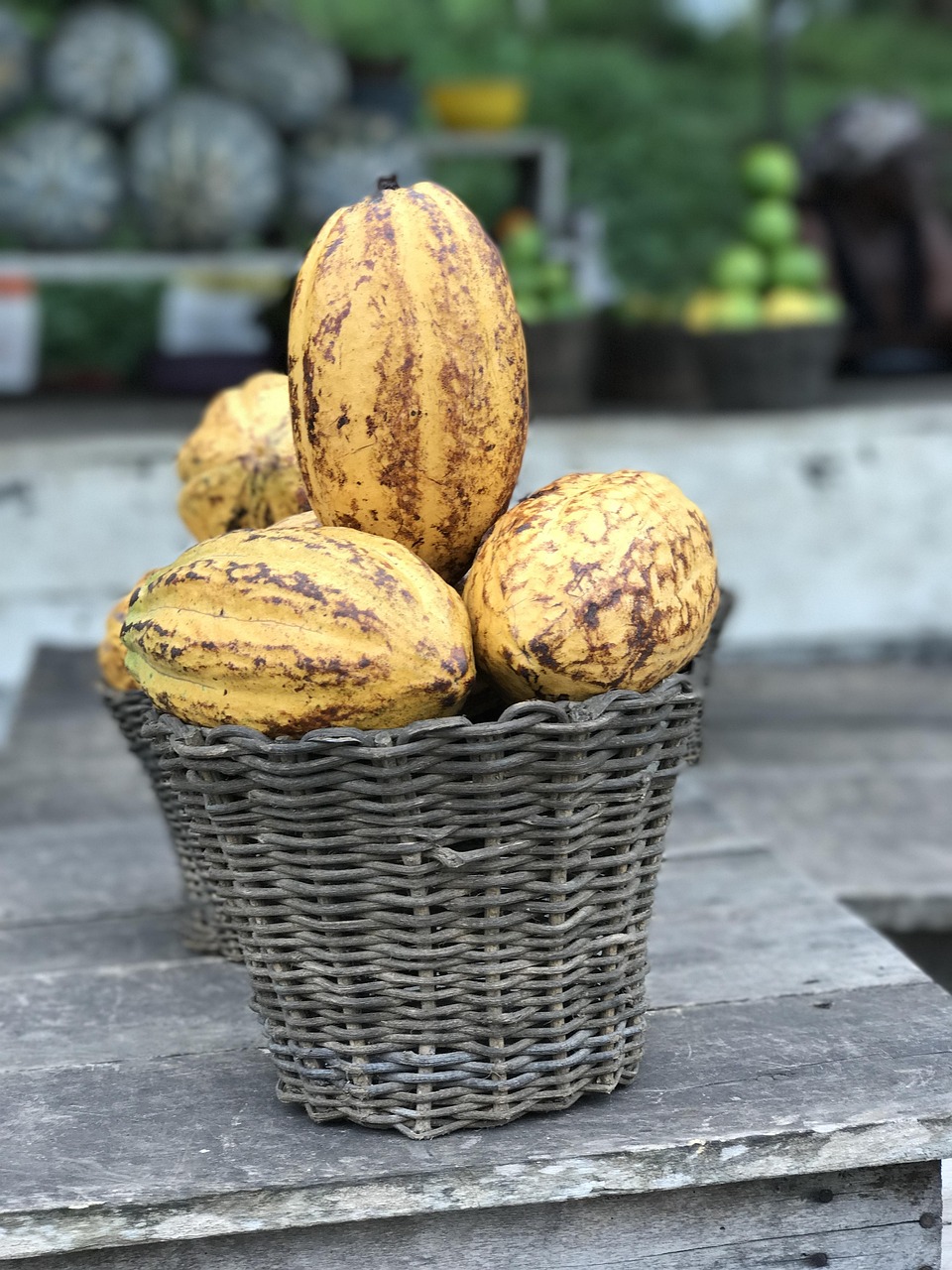Introduction
In the vast tapestry of human culture, food stands as a vibrant thread that weaves together the rich and diverse tapestry of our global heritage. It is not merely sustenance; it is a language, an art form, and a means of preserving and transmitting cultural identity. This essay delves into the significance of food in the context of culture, exploring how it serves as a bridge between the past and the present, and how it shapes our understanding of the world.
The Role of Food in Cultural Identity
Food is intrinsically linked to cultural identity. It is a reflection of the land, the climate, and the people who have lived and worked on it. The cuisine of a region is often a direct result of its geography and history, with ingredients and cooking methods evolving over time to suit the local environment and the cultural practices of its inhabitants. For instance, the Mediterranean diet, rich in olive oil, fresh fruits, and vegetables, is not only a result of the region's agricultural abundance but also a testament to the health-conscious lifestyle and the long-standing traditions of the people living there.
Moreover, food is a powerful symbol of cultural heritage. It is a way for communities to connect with their roots and to maintain a sense of continuity with their ancestors. Traditional dishes, such as Thanksgiving turkey in the United States or Diwali sweets in India, are more than just meals; they are celebrations of heritage and a means of preserving cultural stories and values. These dishes are passed down through generations, becoming a living link to the past and a way to keep cultural memories alive.
The Power of Food as a Social Connector
Food also plays a crucial role in social bonding and community building. Sharing a meal is a universal practice that transcends cultural boundaries. It is an act of hospitality, a gesture of friendship, and a way to foster relationships. Around the world, from family dinners to communal feasts, food is a central element in social gatherings. It is the glue that brings people together, allowing them to share not only sustenance but also stories, laughter, and a sense of belonging.
In many cultures, the act of cooking and sharing food is a form of love and care. The preparation of a meal is often a labor of love, with the cook investing time, effort, and emotion into the process. The result is not just a dish but an expression of affection and a way to nourish both the body and the soul. This is evident in the saying, "The way to a person's heart is through their stomach," which highlights the emotional connection that food can create.
Culinary Tourism and Cultural Exchange
The global interest in culinary tourism has grown exponentially in recent years. Travelers are no longer satisfied with just visiting famous landmarks; they seek to experience the local culture through its food. Culinary tourism offers a unique opportunity to immerse oneself in a culture's traditions, values, and history. It allows visitors to taste the flavors of a place, to understand the ingredients, and to appreciate the techniques that have been honed over generations.
This culinary exploration is not just about the food itself; it is about the stories behind it. It is about understanding the cultural significance of certain dishes and the role they play in the lives of the people who prepare and consume them. For example, visiting a local market in Morocco and learning about the spices used in tagine dishes can provide insights into the region's history of trade and the influence of various cultures on its cuisine.
The exchange of culinary knowledge also fosters cultural understanding and appreciation. As people from different backgrounds come together over food, they have the opportunity to share their own culinary traditions and to learn from others. This exchange can break down barriers, challenge stereotypes, and promote a more inclusive and tolerant world.
Food as a Catalyst for Change
Food is not only a preserver of culture but also a catalyst for change. It can be a tool for social and environmental advocacy. Movements such as farm-to-table dining, slow food, and sustainable seafood initiatives are examples of how food can be used to promote responsible consumption and to protect the environment. These movements emphasize the importance of knowing where our food comes from, how it is produced, and the impact it has on the planet.
Furthermore, food can be a vehicle for social justice. By supporting local farmers and producers, we can help to create a more equitable food system. Initiatives like community-supported agriculture (CSA) programs and food cooperatives empower communities to take control of their food supply and to ensure that the benefits of food production are shared more equitably.
Conclusion
In conclusion, food is a multifaceted element of culture that goes beyond its role as a source of nourishment. It is a symbol of identity, a social connector, a means of cultural exchange, and a tool for change. As we continue to explore and celebrate the diverse culinary traditions of the world, we enrich our own understanding of different cultures and contribute to a more connected and empathetic global community. The significance of food in culture is profound, and its power to shape our world is undeniable. As we savor the flavors of different cuisines, we are not just tasting food; we are tasting the essence of culture itself.










